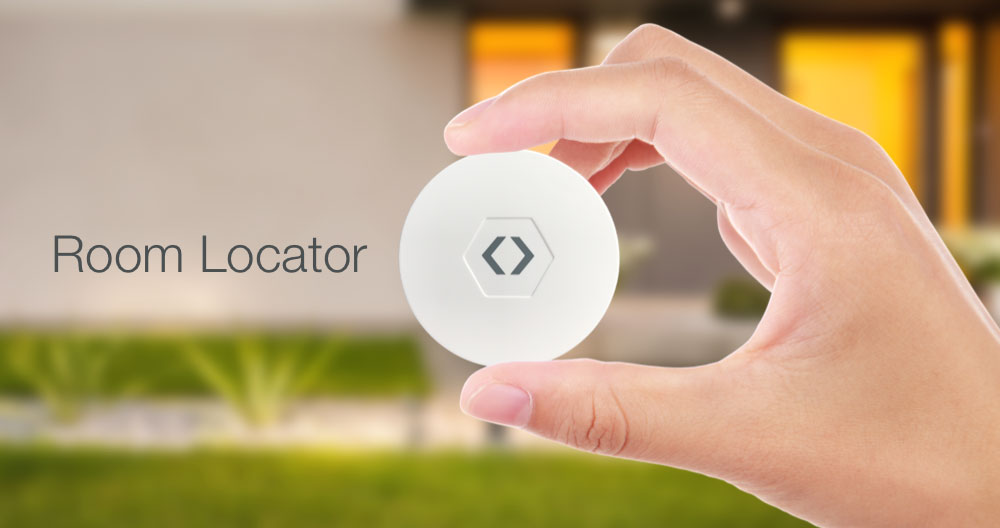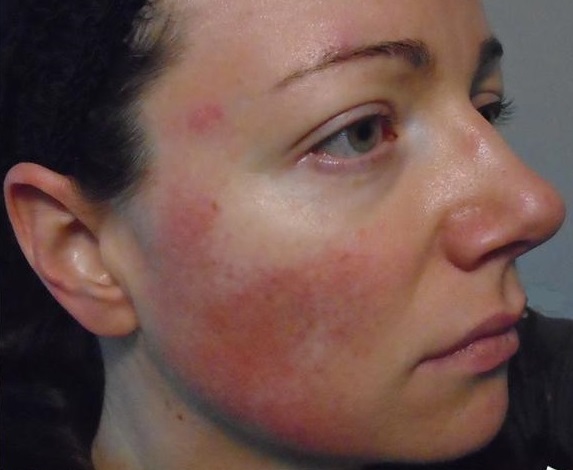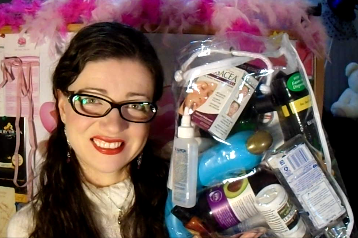Room Locator now makes it possible to control smart home devices in individual rooms automatically
Room Locator is a smart motion detector that triggers smart home actions when entering or leaving a room.

Munich, March 6, 2017 – Room Locator by LinkDesk is the smart motion detector that controls smart home devices simply upon entering or leaving a room. A smartphone or tablet uses Bluetooth to recognize Room Locator and on doing so, triggers preselected actions. When combined with the iOS app “Devices”, it enables HomeKit devices to be easily managed, conveniently linked, and simultaneously controlled. An IFTTT connection provides additional application options when used with additional smart home devices and online services.
Download Pictures | Video | www.linkdesk.com
The facts at a glance:
- Room Locator is the smart motion detector that makes it possible to control smart home devices automatically, when entering and leaving a room
- A smartphone or tablet recognizes Room Locator via Bluetooth and triggers programmed actions
- It manages, links to and controls HomeKit devices, thanks to the intuitive “Devices” app (iOS 9.0 or later)
- An IFTTT connection makes it possible to link additional smart home products and online services
- Suitable for room sizes between 10 and 40 square meters
- Compact design: 5,1 centimetres in diameter and 1,2 centimetres deep
- Weight: 19 grams
- Battery-powered with a service life of two years
- Items delivered: Room Locator including battery
- The Room Locator is now available for €29.95 in stores and online on Amazon and other retailers
The room as a control unit
Early in the morning, upon entering the kitchen, the light goes on immediately, the heat is turned up, the radio is switched on, and the coffee machine is already brewing coffee. This scenario has been triggered simply by an inconspicuously mounted motion detector. Working in conjunction with the “Devices” iOS app, the Room Locator by LinkDesk has automatically turned on HomeKit devices to increase comfort inside the four walls of the kitchen. Upon entering the room, the iPhone or other Apple device has recognized the smart motion detector via Bluetooth and automatically triggered programmed actions. It is just as easy to define what is supposed to happen upon leaving the room.
The Room Locator is optimized for room sizes between 10 and 40 square meters, is battery-operated, and can be mounted anywhere in the room using the adhesive pad that comes with it.
Intuitive app for the operation of HomeKit devices
The “Devices” app by LinkDesk was specially designed for managing and controlling HomeKit devices. It provides an organized overview and an intuitive user interface. HomeKit-enabled lamps, electric sockets, thermostats, and many other devices can be logically grouped and allocated to individual rooms. By establishing scenes, the actions of these devices can be networked and controlled simultaneously. The Room Locator triggers the relevant scene in each case. In order to optimally match smart home activities to individual needs, additional settings such as time or the status of particular devices can be set as conditions. For example, the light is only switched on if the room is entered after a certain hour. Or the baby monitor is only activated after leaving the room if the night light was left on.
IFTTT opens up even more possibilities of usage
With an IFTTT connection, the Room Locator can be combined not just with HomeKit products but also with other smart home devices and online services. With simple if-then commands, the smart door lock can lock the front door, for example, as soon as the entry area is left. Or, when you enter and leave your home office, the time you spent working is automatically recorded in a document and filed online.
Availability and price
The Room Locator by LinkDesk is now available in stores and online at Amazon at a price of €29.95.
LinkDesk
LinkDesk is a future-oriented startup, founded in 2014 in Munich. The company’s goal is to simplify significantly the use of modern smart home technologies, and thus enable a particularly intuitive kind of smart home best suited to everyday life. The young developer team has put lots of love into its software and hardware solutions, offering users an unusually simple and yet outstanding user experience. www.linkdesk.com
Press Contact
Julia Binder
Press & PR
+49 89 21555001

 “It’s incredible,” said the blogger and YouTube creator, whose real name is Julie B. Campbell. “Aside from a basic description of what rosacea actually is, the information available online and even through many doctors is thin. As a rosacea patient, it’s very frustrating. As soon as we’re diagnosed, our lives become a never-ending trial-and-error session for skin care and lifestyle products and techniques.”
“It’s incredible,” said the blogger and YouTube creator, whose real name is Julie B. Campbell. “Aside from a basic description of what rosacea actually is, the information available online and even through many doctors is thin. As a rosacea patient, it’s very frustrating. As soon as we’re diagnosed, our lives become a never-ending trial-and-error session for skin care and lifestyle products and techniques.” It began with a blog, now titled
It began with a blog, now titled 
 Over time she has created an active and supportive community she calls her Rosy Friends. “Rosacea is one of those conditions we just don’t talk about. Most of us work hard to cover it up, not to try to tell people we have it. Because of that, social media sharing gives us the chance to talk to people but from the safety of our own computers or mobile devices. Social media has placed me in contact with hundreds of Rosy Friends from around the globe. We exchange support, ideas and ask questions. Before blogging, YouTube and the other platforms, I may still have been under the impression that I don’t know a single person with the condition.”
Over time she has created an active and supportive community she calls her Rosy Friends. “Rosacea is one of those conditions we just don’t talk about. Most of us work hard to cover it up, not to try to tell people we have it. Because of that, social media sharing gives us the chance to talk to people but from the safety of our own computers or mobile devices. Social media has placed me in contact with hundreds of Rosy Friends from around the globe. We exchange support, ideas and ask questions. Before blogging, YouTube and the other platforms, I may still have been under the impression that I don’t know a single person with the condition.”